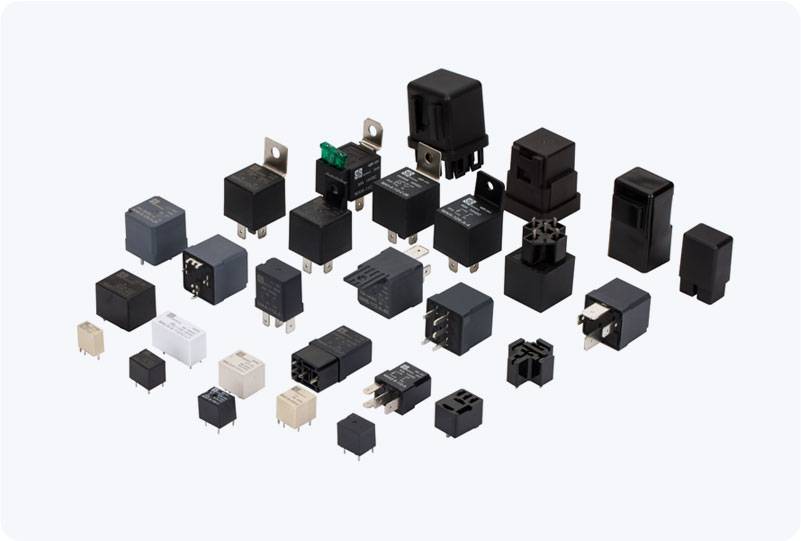An Electromechanical Relay (EMR) is an essential electrical component used in numerous electronic systems to control circuits by opening or closing contacts in response to an applied electrical signal. It leverages electromagnetic induction to operate, making it a crucial part of various devices, ranging from household appliances to industrial control systems. This article aims to explore the working principle, types, advantages, disadvantages, and applications of Electromechanical Relays.

Working Principle of Electromechanical Relays The core function of an Electromechanical Relay is to control the flow of electricity through a circuit by switching electrical contacts. At its heart, an EMR consists of a coil, a movable armature, and one or more sets of contacts. When an electrical current flows through the relay’s coil, it generates a magnetic field that attracts the armature. This attraction causes the armature to move, either closing or opening the contacts, depending on the relay’s design. The switch operation allows the relay to control a much larger circuit or higher voltage with a smaller control signal.